Political system of New Zealand презентация
Содержание
- 2. Political system of New Zealand The country has a multi-party system in which
- 3. Colonial politics After the 1840 Treaty of Waitangi, a colonial Governor and
- 4. Women in politics Women's suffrage was granted after about two decades
- 5. Modern political history The right-leaning National Party and the left-leaning Labour Party have dominated New
- 7. Labour and National political parties The Labour Party, which was left-wing
- 8. Small parties under MMP In 1996 New Zealand had its
- 9. Скачать презентацию
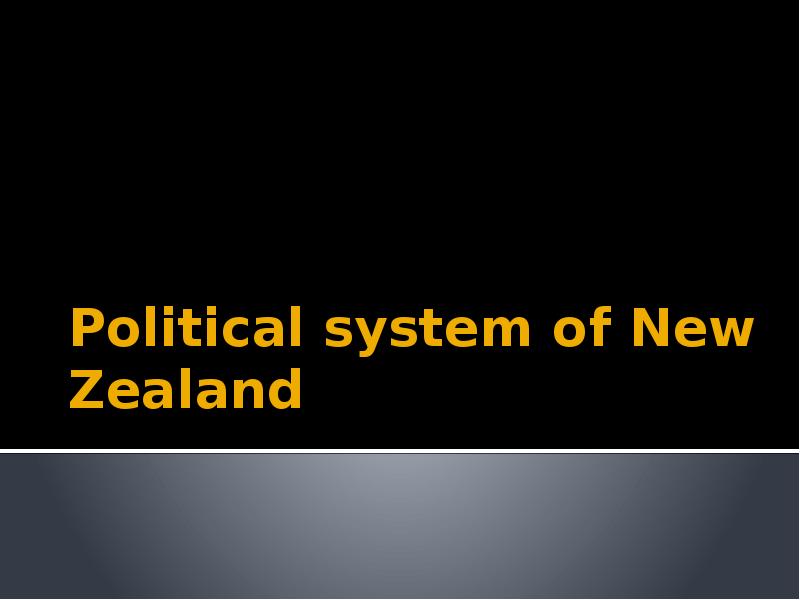



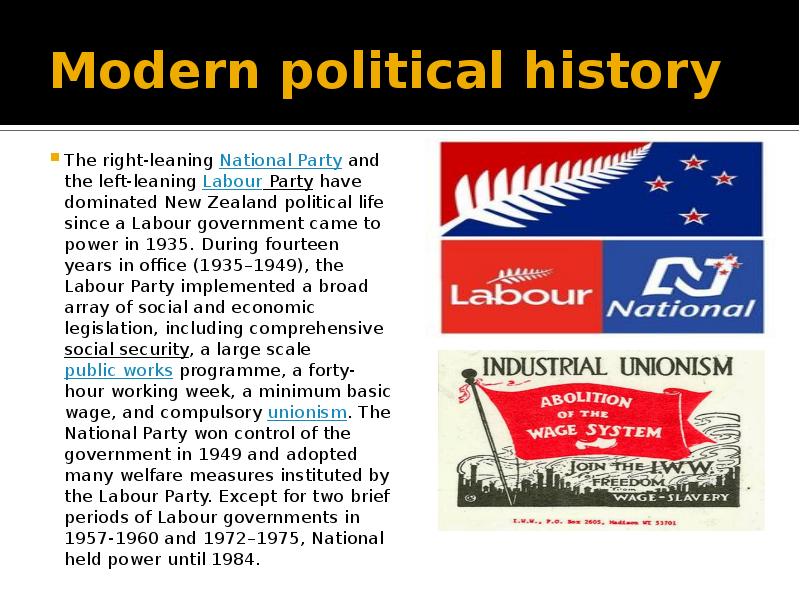
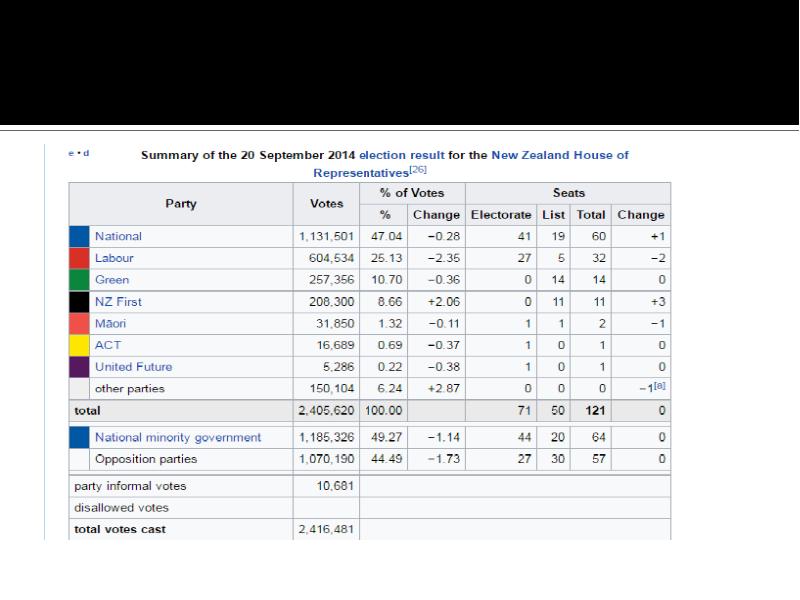
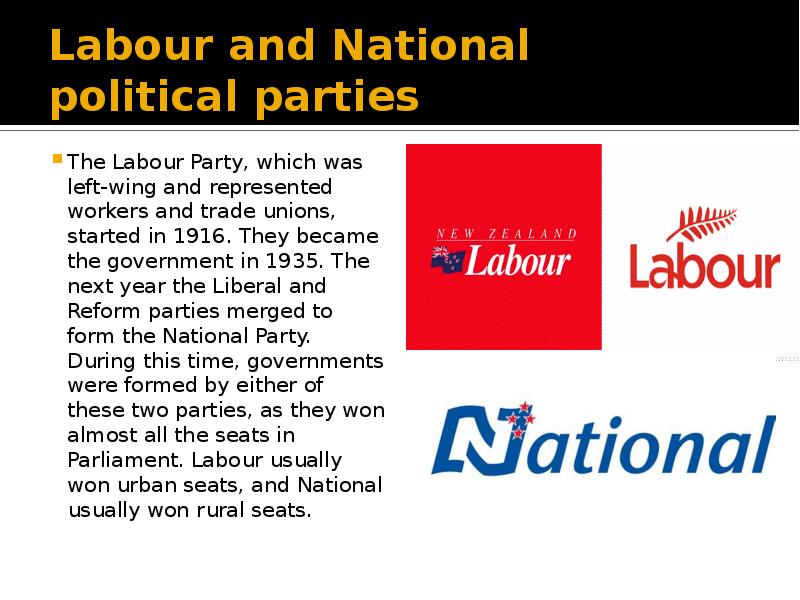
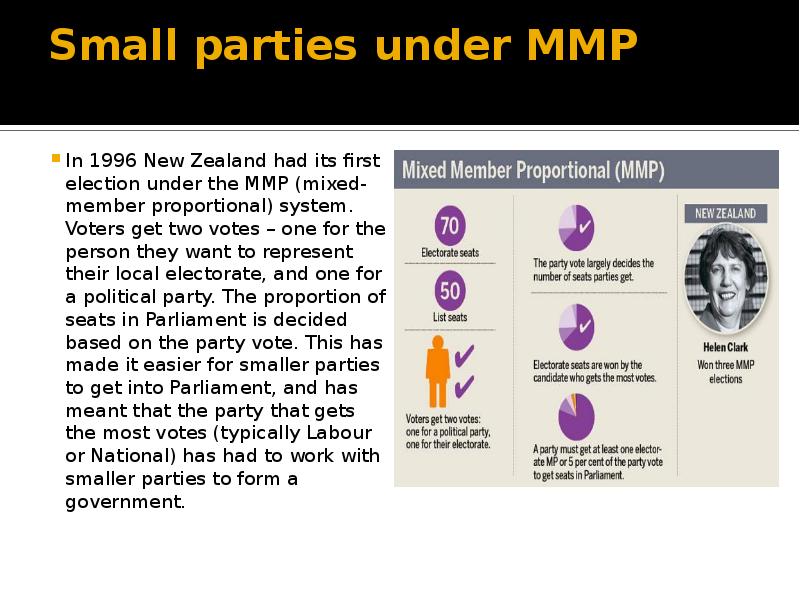
Слайды и текст этой презентации
Похожие презентации





























